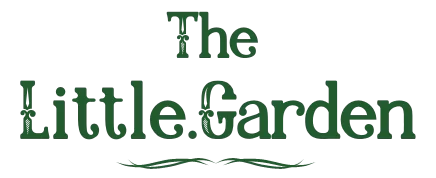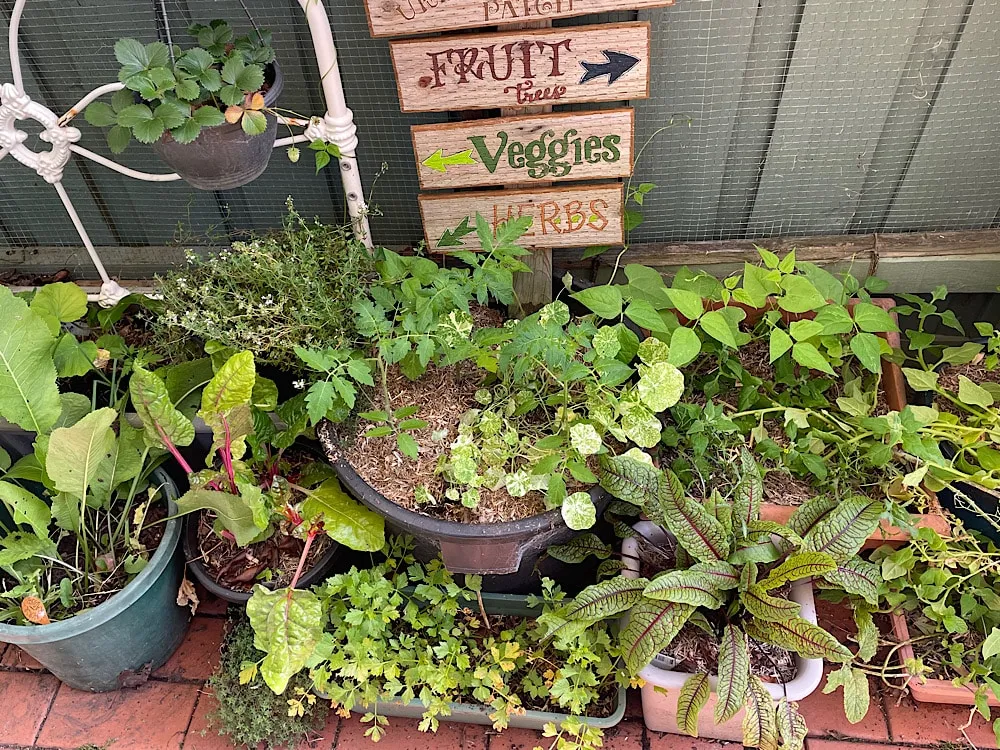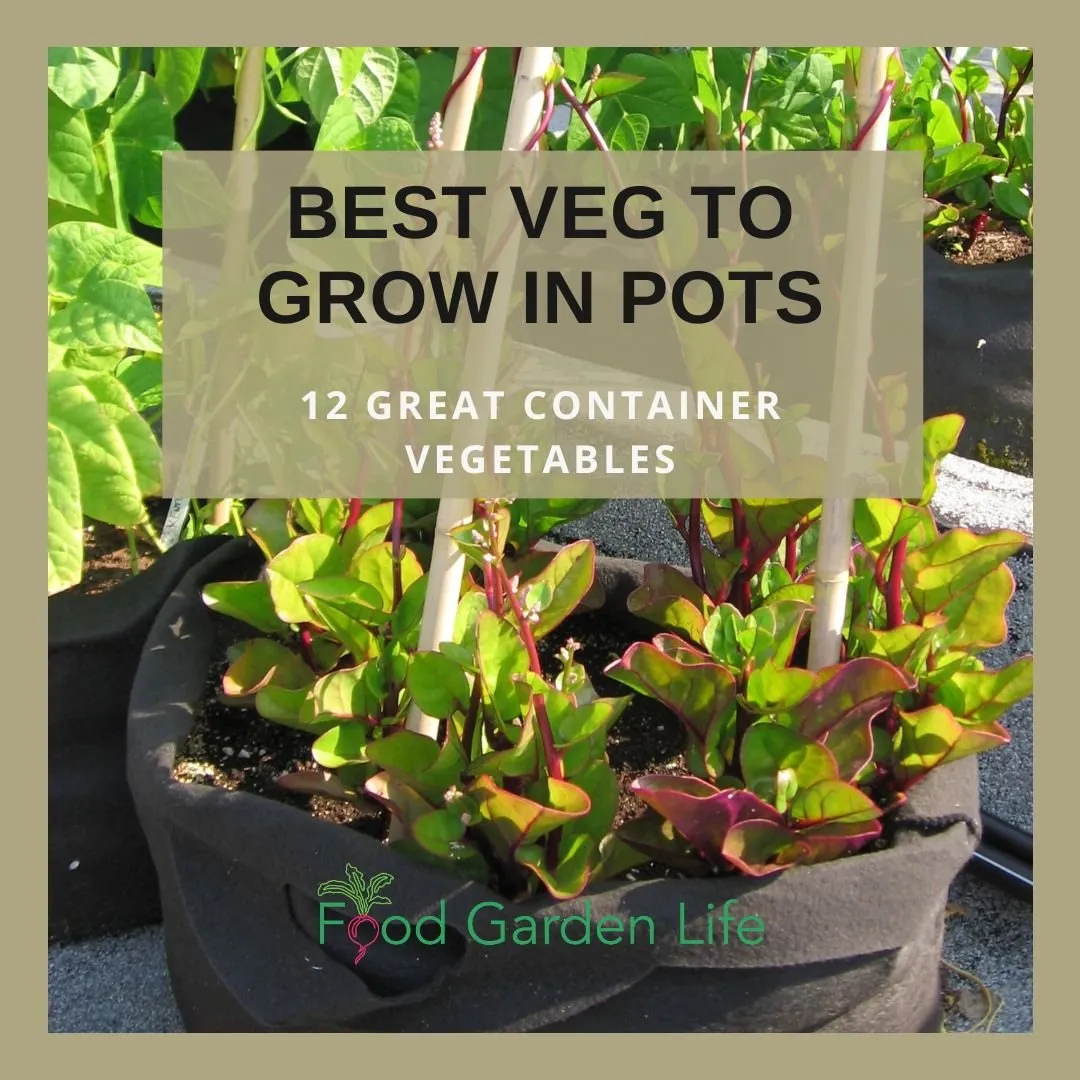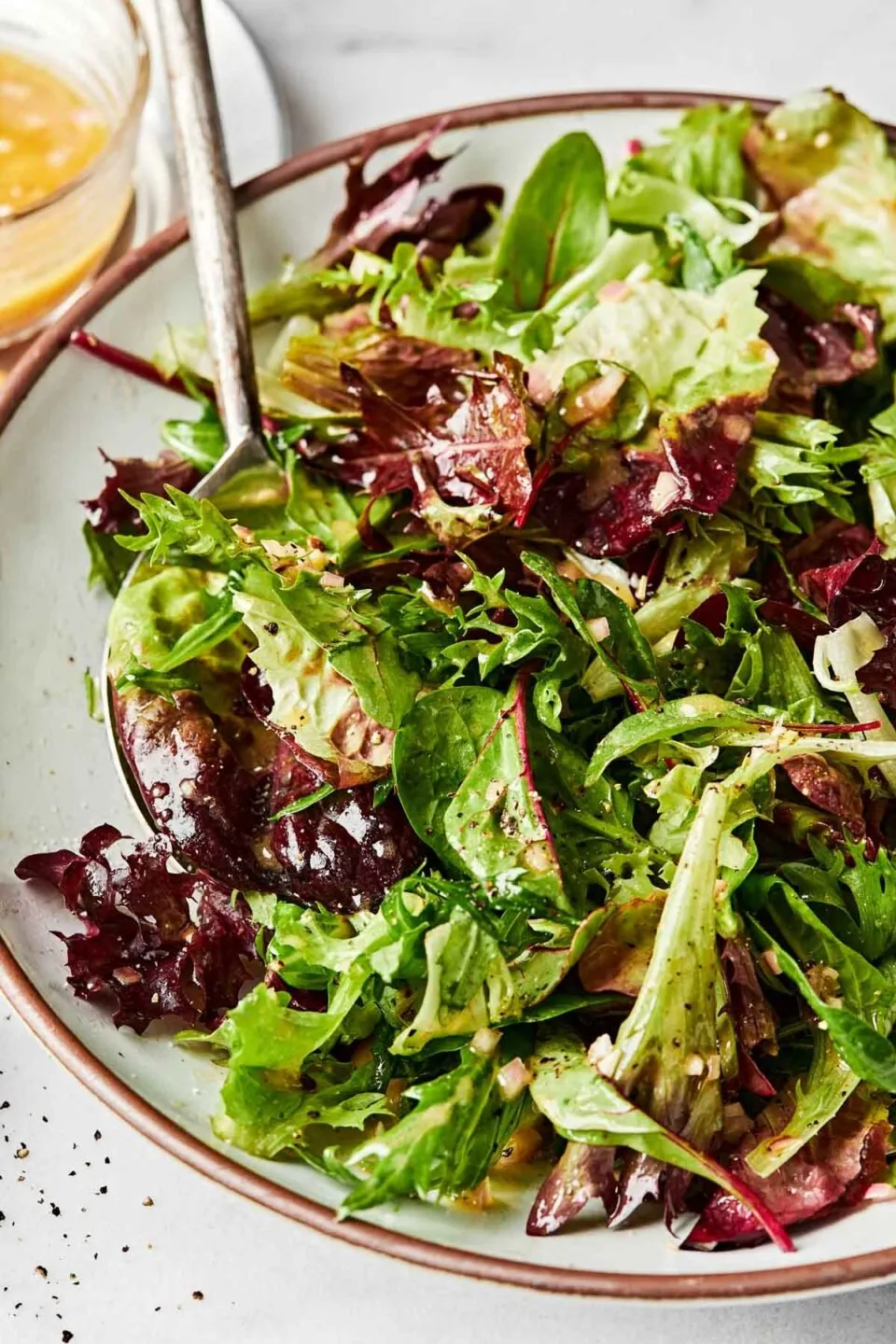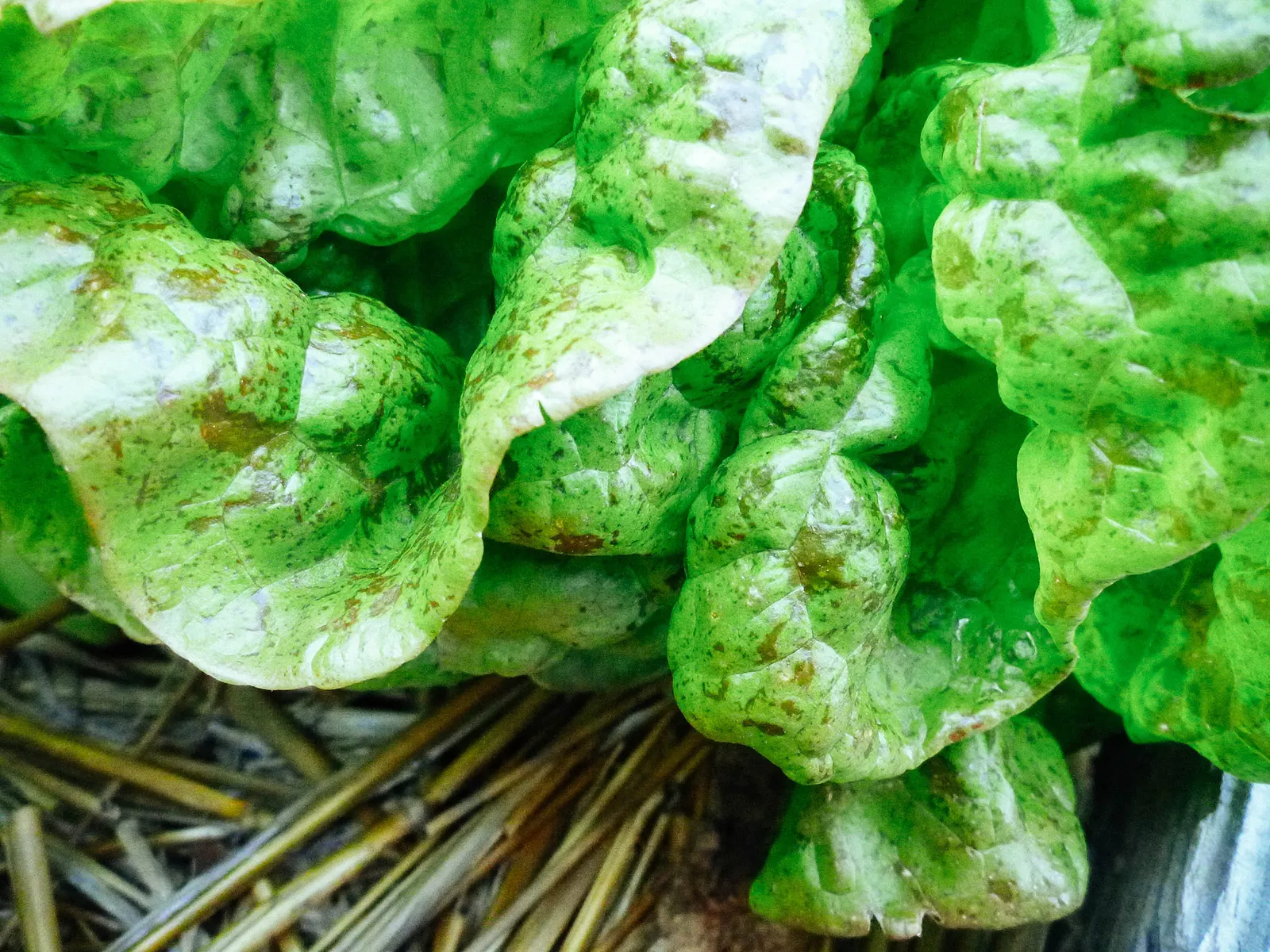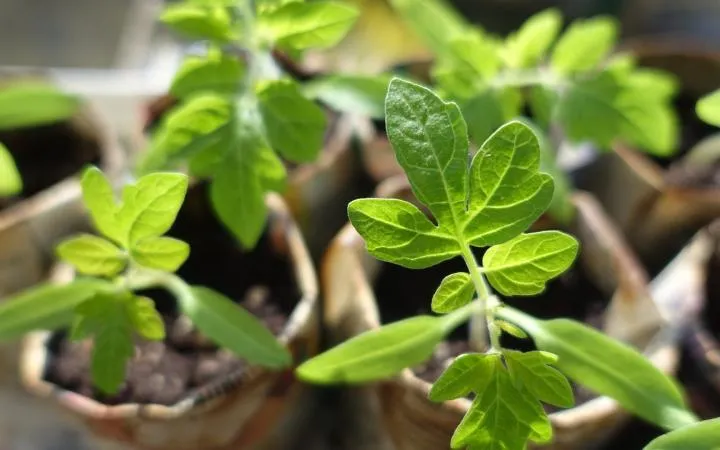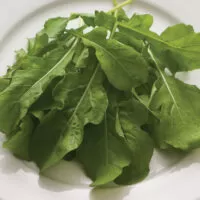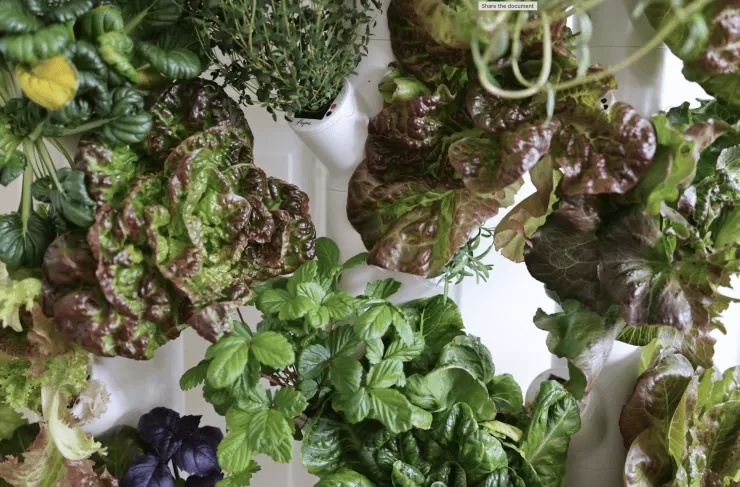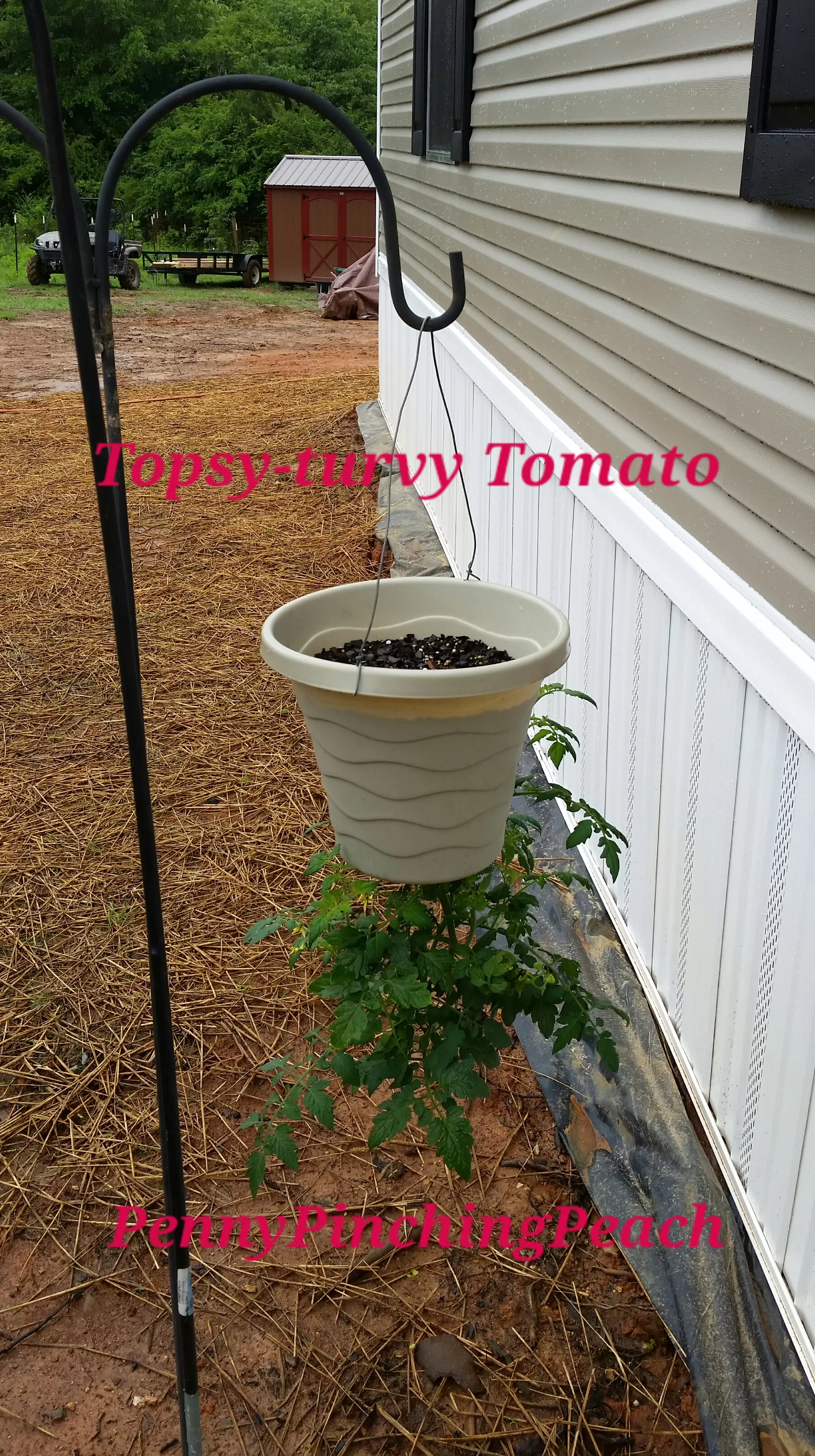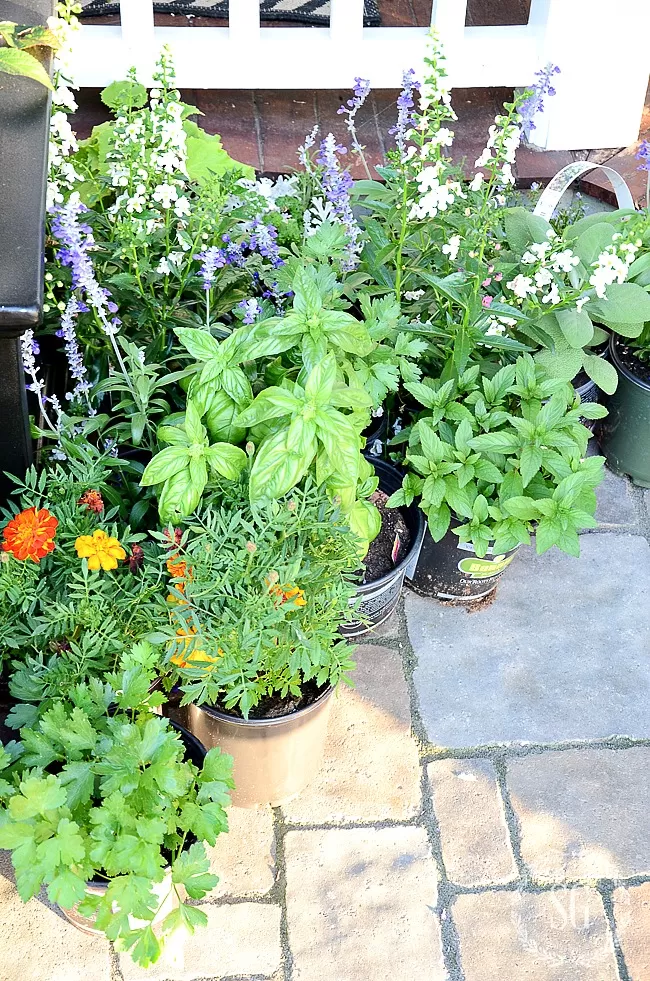- Discover the simple joy of adding garden-fresh flavors to your salads.
- Learn which edible flowers and herbs are perfect for vibrant, flavorful salad mixes.
- Get practical tips for growing, harvesting, and combining ingredients straight from your backyard.
- Transform simple greens into culinary masterpieces with beautiful, nutritious additions.
Imagine stepping into your garden, plucking vibrant petals and fragrant leaves, and transforming them into a salad that’s not just food, but a feast for the eyes and the palate. Growing your own ingredients brings an unparalleled freshness and a deep connection to your meal. Adding edible flowers and fresh herbs to your salad greens is a simple yet incredibly effective way to elevate a humble dish into something truly special. These additions bring not just unique flavors and textures, but also a burst of color and surprising nutritional benefits. Creating your own delightful flower & herb salad combos is easier than you think, even with a small garden space. Let’s explore how you can turn your backyard bounty into sensational salads!
Contents
- Why Add Edible Flowers and Herbs to Your Salads?
- Choosing the Best Ingredients for Your Combos
- Stellar Edible Flowers for Salads
- Flavorful Herbs for Salad Combos
- Crafting Your Perfect Flower & Herb Salad Combo
- Growing and Harvesting Your Edible Ingredients
- Putting it All Together: A Simple Combo Concept
- Conclusion
Why Add Edible Flowers and Herbs to Your Salads?
Adding flowers and herbs isn’t just a pretty garnish; it’s about layering complexity and freshness into your food. Herbs offer distinct aromatic notes – from peppery and sweet to minty and citrusy – that can completely change the character of a salad. Edible flowers, often with subtle sweet, spicy, or even cucumber-like flavors, add delicate textures and stunning visual appeal. Together, they create dynamic flower & herb salad combos that are far more exciting than plain greens.
Beyond flavor and beauty, many edible flowers and herbs are packed with vitamins, antioxidants, and other beneficial compounds. Using them fresh from the garden means you’re getting the most nutrients and the most intense flavors. It’s a simple way to make your meals healthier and more vibrant.
 Platter filled with an herb salad and violet flowers.
Platter filled with an herb salad and violet flowers.
Choosing the Best Ingredients for Your Combos
The key to a fantastic flower and herb salad is selecting varieties that complement each other and your chosen greens. Some have strong flavors and should be used sparingly, while others are mild and can be added more generously. Don’t be afraid to experiment!
Stellar Edible Flowers for Salads
Many flowers are safe and delicious to eat. Always ensure flowers haven’t been treated with pesticides and are specifically listed as edible varieties.
-
Nasturtiums: These cheerful flowers and their leaves have a peppery, slightly sweet flavor similar to watercress. They add a spicy kick and beautiful orange, red, and yellow hues.
- Scientific Name: Tropaeolum majus
- Common Names: Nasturtium, Indian Cress
- Zone: Grown as an annual in most zones; Perennial in Zone 9-11
- Light: Full sun to partial shade
- Humidity: Moderate
- Water: Moderate, prefers slightly dry soil once established
-
Violets: Sweet and delicate, violets offer a mild, slightly perfumed flavor. Their lovely purple, blue, or white petals make salads look absolutely enchanting.
- Scientific Name: Viola odorata (Sweet Violet) and many other Viola species
- Common Names: Violet, Sweet Violet
- Zone: 3-9 (varies by species)
- Light: Partial shade to full shade
- Humidity: Moderate to high
- Water: Moderate, keep soil consistently moist
-
Calendula: With bright orange or yellow petals, calendula (also known as pot marigold) has a slightly tangy, peppery, or sometimes bitter flavor. Use petals only.
- Scientific Name: Calendula officinalis
- Common Names: Calendula, Pot Marigold
- Zone: Grown as an annual in most zones; Perennial in Zone 8-10
- Light: Full sun
- Humidity: Low to moderate
- Water: Moderate, tolerates some drought
-
Sage Blossoms: If you grow sage, don’t miss the opportunity to add its beautiful purple-blue flowers to salads. They have a milder sage flavor than the leaves.
Flavorful Herbs for Salad Combos
Soft-leafed herbs are generally best for tossing directly into salads. Tougher, woody herbs like mature rosemary or thyme are often better infused in dressings or cooked, but tender young leaves can sometimes work sparingly.
-
Parsley: Fresh, clean, and slightly peppery. Both flat-leaf and curly varieties are great. A foundational herb for many salads.
- Scientific Name: Petroselinum crispum
- Common Name: Parsley
- Zone: Grown as an annual in most zones; Biennial in Zone 5-9
- Light: Full sun to partial shade
- Humidity: Moderate
- Water: Moderate, keep soil consistently moist
-
Mint: Brings a refreshing, cooling element. Use sparingly as mint can be quite strong. Different varieties offer different nuances (spearmint, peppermint, chocolate mint).
- Scientific Name: Mentha species
- Common Name: Mint
- Zone: 3-11 (varies by species)
- Light: Full sun to partial shade
- Humidity: Moderate to high
- Water: Moderate to high, prefers consistently moist soil
-
Basil: Sweet and aromatic. Pairs wonderfully with tomatoes and fresh mozzarella, but also adds a lovely note to green salads. Many varieties like sweet basil, lemon basil, or Thai basil offer different flavors.
- Scientific Name: Ocimum basilicum
- Common Name: Basil
- Zone: Grown as an annual in most zones; Perennial in Zone 10-11
- Light: Full sun
- Humidity: Moderate
- Water: Moderate, keep soil consistently moist
-
Dill: Feathery leaves with a distinct slightly anise-like flavor. Wonderful with cucumbers, fish, and creamy dressings.
- Scientific Name: Anethum graveolens
- Common Name: Dill
- Zone: Grown as an annual in most zones
- Light: Full sun
- Humidity: Low to moderate
- Water: Moderate, prefers well-drained soil
Other great salad herbs include Chives (mild onion flavor), Cilantro (fresh, citrusy, divisive!), Marjoram (mild and sweet), Oregano (robust, use young leaves), and Chervil (delicate, anise-like).
Crafting Your Perfect Flower & Herb Salad Combo
There’s no single recipe for the perfect combo – it’s all about personal preference and what’s available in your garden! Think about balancing flavors: peppery nasturtiums with cooling mint, sweet violets with clean parsley, robust oregano with mild basil. Consider textures and colors too.
A good starting point is a base of mild greens like lettuce or spinach. Then add a smaller quantity of stronger greens like arugula or mustard greens if you like a bite. Finally, incorporate your chosen herbs and edible flowers. A common ratio might be 3-4 parts greens to 1 part mixed herbs and flowers, but adjust based on the intensity of the flavors.
For a simple yet effective combo, try a mix of spring lettuce, peppery arugula, fresh parsley, a few mint leaves, and a handful of vibrant nasturtium flowers. Dress with a light vinaigrette, like a simple lemon dressing, to let the delicate flavors shine.
Growing and Harvesting Your Edible Ingredients
Many popular edible flowers and herbs are surprisingly easy to grow in containers or small garden beds.
- Growing: Most herbs and flowers suitable for salads require good drainage and plenty of sunlight. Start seeds indoors or sow directly outdoors after the last frost. Follow specific plant requirements for spacing and feeding. Containers are excellent for herbs like mint (which can be invasive) or for gardening in limited spaces.
- Harvesting: Pick herbs and flowers in the morning after the dew has dried, when their essential oils (and thus flavor) are strongest. For herbs, snip leaves or sprigs as needed, which also encourages bushier growth. For flowers, pick them just as they are fully open. Gently rinse everything in cool water and pat or spin dry just before adding to your salad.
Putting it All Together: A Simple Combo Concept
Forget strict recipes! Think of this as inspiration to build your own masterpiece.
Ingredients:
- 4 cups mixed salad greens (like spring mix, romaine, or butter lettuce)
- 1-2 cups stronger greens (optional, like arugula or baby kale)
- ½ – 1 cup mixed fresh herbs (a blend of parsley, basil, and maybe a little dill or chives)
- ¼ – ½ cup mixed edible flowers (nasturtiums and violets work beautifully)
- Your favorite light vinaigrette
Instructions:
- Gently wash and thoroughly dry all greens, herbs, and edible flowers. This is crucial for a good salad texture and for the dressing to coat the leaves properly.
- Tear larger lettuce leaves into bite-sized pieces.
- In a large bowl, combine the mixed greens and stronger greens (if using).
- Add the fresh herbs and edible flowers. Handle flowers delicately to avoid bruising.
- Drizzle with just enough vinaigrette to lightly coat the leaves.
- Gently toss everything together immediately before serving.
This kind of salad isn’t just a side dish; it can be a light meal on its own, perhaps topped with some grilled chicken, fish, or cheese, or served alongside crusty bread.
Conclusion
Adding fresh herbs and edible flowers from your garden to your salads is a wonderfully rewarding experience. It connects you to the food you eat, adds incredible depth of flavor, beautiful color, and a boost of nutrients. Whether you have a sprawling garden or just a few pots on a balcony, you can start creating your own stunning and delicious flower & herb salad combos today. Experiment with different ingredients, discover your favorite pairings, and enjoy the simple pleasure of eating straight from your garden.
Have you tried adding flowers or herbs to your salads? What are your favorite combinations? Share your experiences in the comments below! Or perhaps you’re looking for tips on growing a specific edible flower or herb mentioned here? Let us know! And don’t forget to explore more garden-to-table ideas right here on Thelittle.garden.
